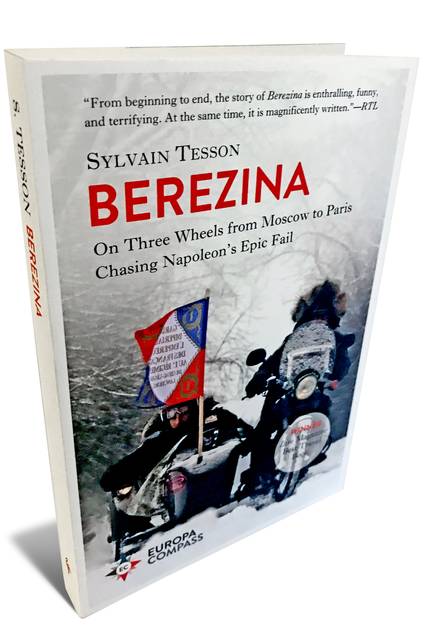The greatest story ever told: That’s Larry McMurtry’s blockbuster work, Lonesome Dove. We’ve touched on it before with our book review on Revolver – Sam Colt and the Six Shooter that Changed America
. This is another book review, and a movie review, too, as Lonesome Dove
was also made into a four-part TV special
three decades ago.

McMurtry wrote Lonesome Dove in 1985. It was loosely based on the true story of Charles Goodnight and Oliver Loving, and their third cattle drive north. I have a copy of Lonesome Dove that I bought when it first came out, and I’ve probably read it a half dozen times. Sometimes a few years will go by before I see it tucked away in the bookshelf, and I’ll pull it down and take a few days to read it again Even though I know what’s coming next (I almost have it memorized), I still enjoy reading it. It’s that good.
Motown Productions did the Lonesome Dove four-part television mini-series in 1989. Most of the time a movie based on a book gives up a lot, but this one did not. When it pops up as a re-run, I’m in. I’ve probably watched it no fewer than five times.
The scenes in both the book and the TV series (which stayed faithful to the novel) are well crafted and memorable. Several stood out, including the river crossing water moccasin attack, McCrae’s taking out a group of renegades while rescuing Lorena, Call’s horse-collision-takedown of an arrogant and abusive cavalry officer, and the bar room scene in which McCrae puts his Colt Walker to good use teaching a surly bartender western etiquette (that one is my favorite).
If you’ve read the book or seen the TV series, you know what I’m talking about. If you haven’t, you need to. Trust me on this one one, folks. The next time Lonesome Dove is on TV you’ll want to see it, and if you have a chance to grab a copy of Lonesome Dove, you should do so.
More ExNotes reviews are here.






